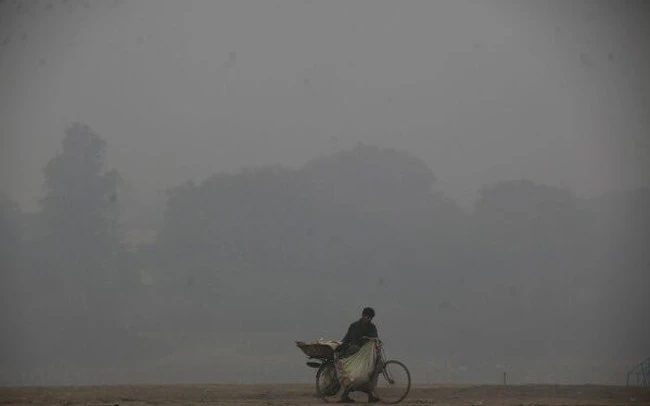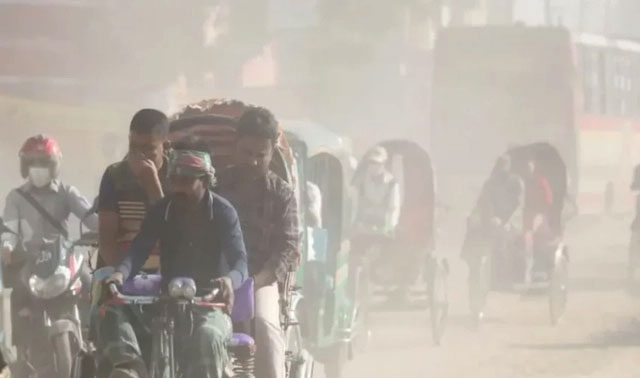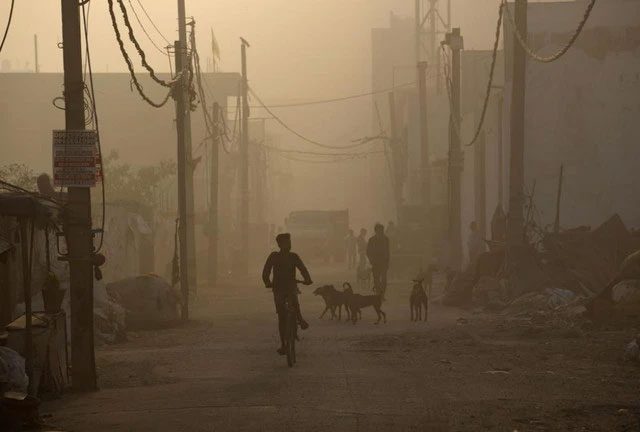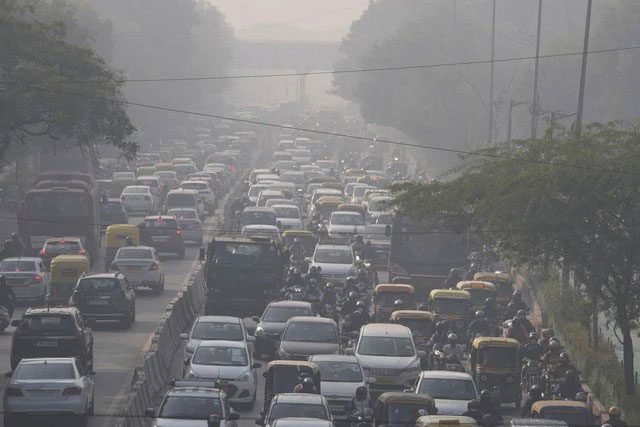The increasing air pollution levels could reduce the life expectancy of each person in South Asia by more than 5 years, making it one of the most polluted regions in the world.

Dense fog in Lahore, Pakistan. (Photo: AP).
The report highlights the growing burden of toxic air on human health.
The Energy Policy Institute (EPIC) at the University of Chicago states that the South Asian region includes some of the most polluted countries in the world, such as Bangladesh, India, Nepal, and Pakistan, which account for more than half of the total years of life lost due to pollution globally.

Severe air pollution in Dhaka, Bangladesh. (Photo: AP).
The rapid industrialization and population growth have contributed to the declining air quality in South Asia, where particulate pollution levels are currently over 50% higher than at the turn of the century, overshadowing the dangers posed by greater health threats.
According to the study, which uses satellite data to calculate the impact of increasing fine particulate matter in the air, residents of Bangladesh, the most polluted country in the world, could lose an average of 6.8 years of life, compared to 3.6 months in the United States.

Foggy evening in Kathmandu, Nepal. (Photo: AP).
The report indicates that India is responsible for about 59% of the increase in global air pollution levels since 2013, and toxic air poses a risk of further shortening lives in some of the country’s more polluted areas. In the capital city of New Delhi, the most polluted megacity in the world, the average life expectancy has decreased by more than 10 years.
The report also states that reducing levels of harmful fine particulate matter in the air, known as PM2.5, to levels recommended by the World Health Organization (WHO) could potentially increase the average life expectancy by an additional 2.3 years for each person, amounting to a total of 17.8 billion years of life for the entire population of India.

Vehicles moving through fog in New Delhi, India. (Photo: AP).
According to the report, the average life expectancy of each person in Pakistan could increase by 3.9 years if the country adheres to WHO guidelines on the annual average PM2.5 concentration limit of 5 micrograms/m3. Meanwhile, a person in Nepal would live 4.6 years longer if this recommendation is met.
The report also notes that China has made efforts to reduce pollution by 42.3% from 2013 to 2021, emphasizing that governments need to create accessible air quality databases to help narrow the global inequalities in access to pollution control tools.



















































